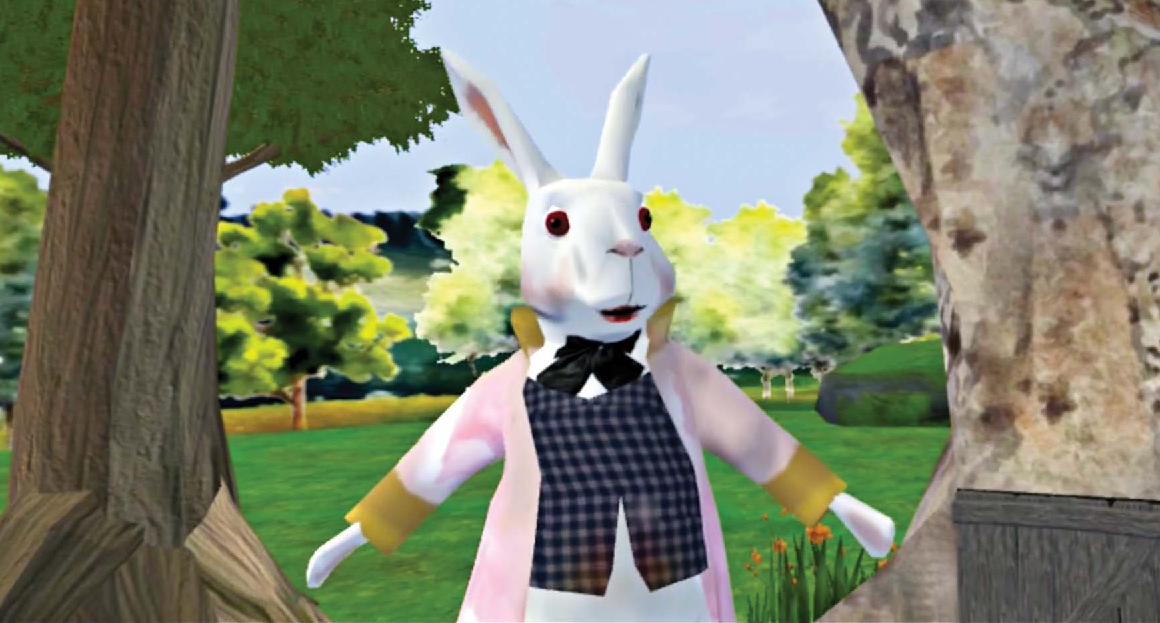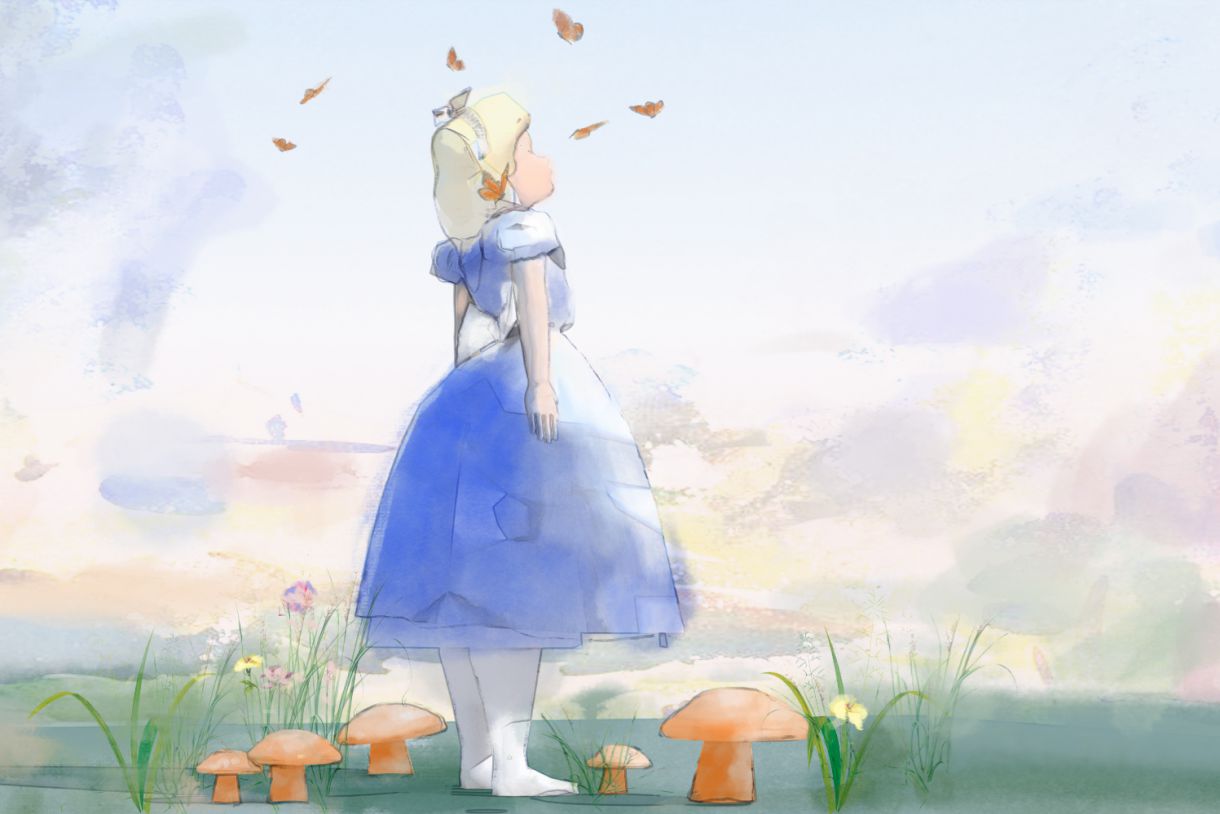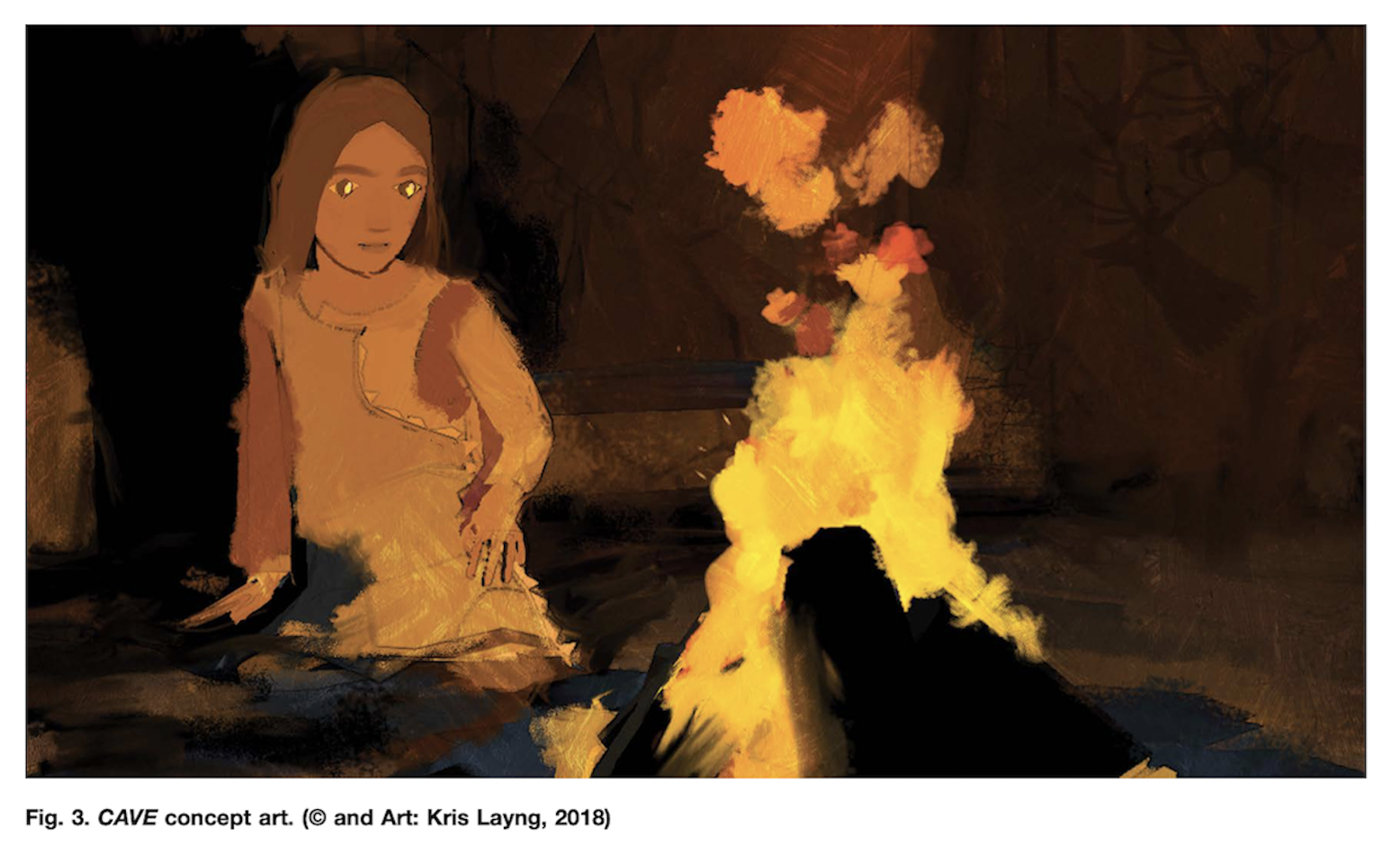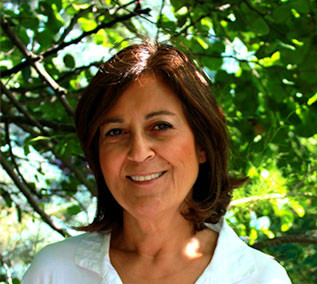
Cruising through the fairy tales of the renown Danish writer Hans Christian Andersen (1805-1875) has been my favorite ride at Tivoli Gardens, Copenhagen. The well-known scenes from his universal fairy tales are artfully designed and animated in this popular amusement park founded in 1843. What was magical about the ride was the realness of the scenes staged in a surreal sojourn across the fairy tales. One could easily find himself as incarnated part of each new scene amidst the heroes of the story. To complete going in the book experience, the epitome of the tale is heard from a soft and deep background voice as the ride continues through each scene, spurred by enchanting light, movement and sound effects. It is quite an experience to behold creative imagination, art, fantasy and reality embedded all in one meaningful unity.
H.C. Andersen articulates the state of mind of the storyteller :
Everything you look at can become a fairy tale, and you can get a story from everything you touch.
150 years after Andersen, the professor of computer science and games at NYU –New York University, Ken Perlin, known with his “ holojam ” algorithm technique, started creating virtual reality in 4D space-time sculpture.
Inspired by the transformations of Alice, the cat, caterpillar and the white rabbit in Alice in Wonderland, Perlin applied his novel algorithm to live-action, interactive theater performance set up completely in virtual reality. During the performance, the members of the audience exposed to multi-sensory changes, 3D visual perspective and unique audio effects, could converse with, and follow the characters on their journey to Wonderland. Perlin believes this will be the future of storytelling.


Relegating virtual reality as a form of art he cites :
Brilliant content makers and designers will emerge for this media. Already with digital tools, one can make sculptures, paintings, murals, objects like flower pots, utilities, create 3D sounds, paintings, scenes and digital sculpting …which instantaneously stimulate all our senses, and transcend time and space.
Perlin and his colleagues performed another virtual reality experience known as CAVE which became a major success and won the 2019 Best paper award granted by MIT ( Massachusetts Institute of Technology) Press. It has been designed as a virtual game of storytelling to be played collectively by an audience of thirty participants. In the initial scene audience is asked to sit around a virtual campfire where the storytelling of the Cave is initiated. Then the participants begin to witness various cave scenes from the ice age, wherein they interact with the main characters of the Cave, and animals of the same era.

Each scene is accompanied by special sonic effects and music. As the scenes proceed, the participants collectively narrate the story of the Cave based on their shared virtual reality experience and multi-sensory imagination.
About the particular sensation of the shared experience in the Cave game, he recounts :
Through all these virtual effects, the audience is drawn into the dreamlike mysterious world of the story. An essential aspect to the Cave experience is that the audience members feels as though they are in a magical world together with other people, feeling their presence around them.
Foreseeing that virtual reality will permeate our lives just like writing has and hand-held computers still are, he believes that the everyday will become magical.
At the turn of the twentieth century, long before the convergence of art and computer science, when the production of virtual reality experiences was not yet in our lives, Albert Einstein ingeniously punctuated the magical experience with the mysterious :
The most beautiful experience we can have is the mysterious, the fundamental emotion which stands at the cradle of true art and true science.
Duygu Bruce







